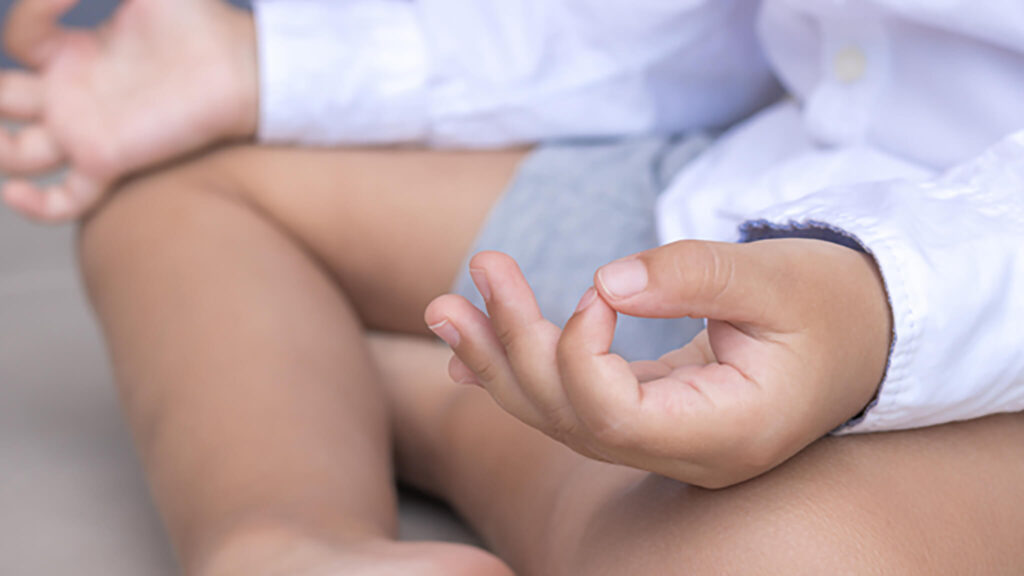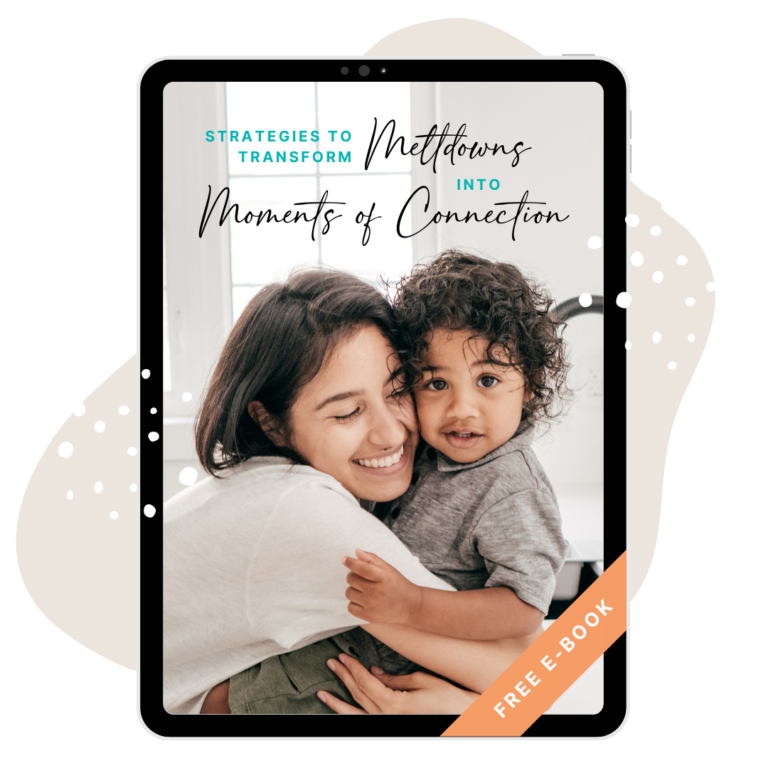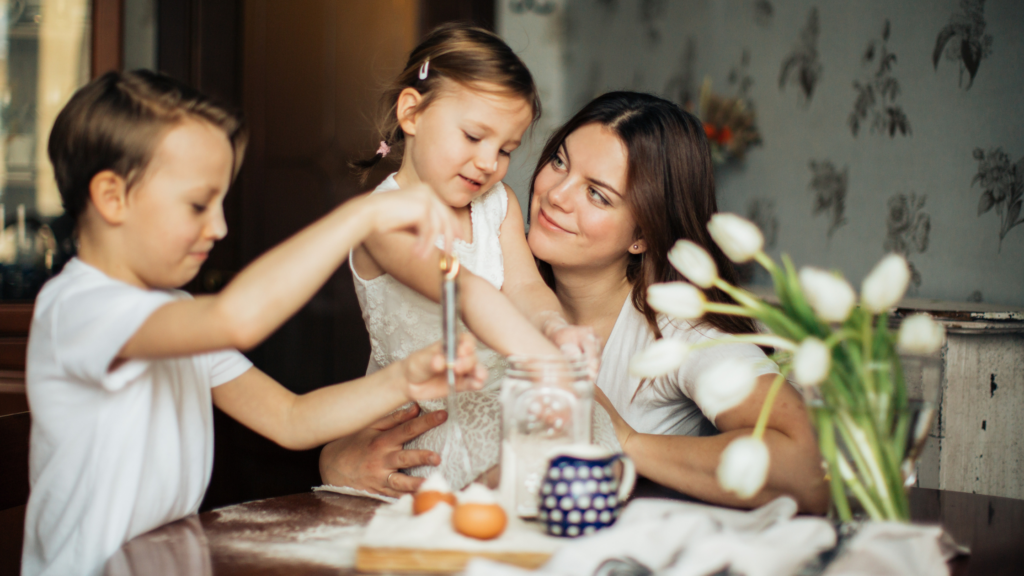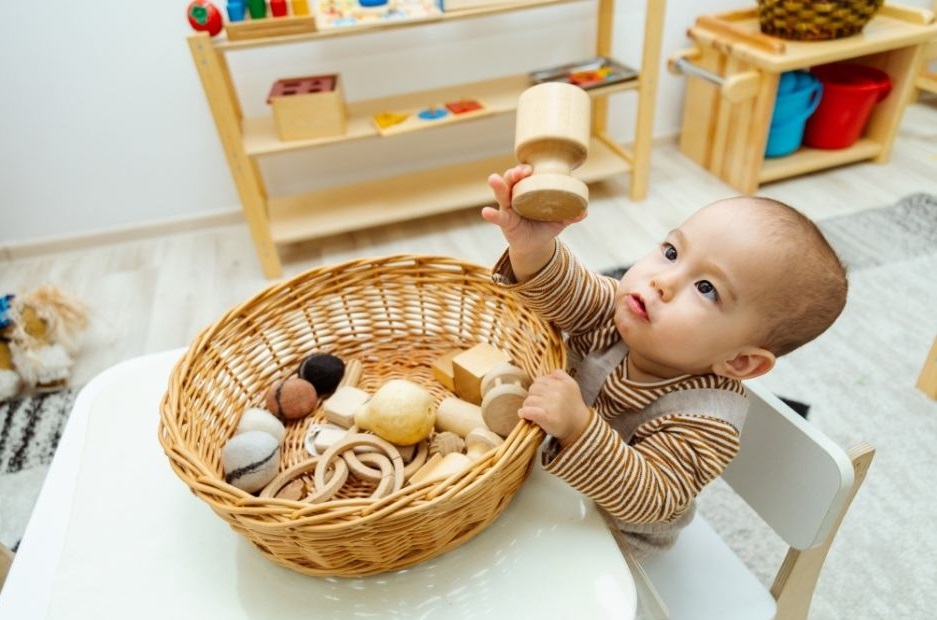“Peace is what every human being is craving for, and it can be brought about by humanity through the child.” — Maria Montessori
Dr. Maria Montessori was a proponent of world peace. Peace education is woven throughout the Montessori curriculum. Peace corners, also known as calming corners or calm down corners, are centerpieces in Montessori classrooms and homes all over the world.
These areas are designed to provide a safe space for children who are experiencing big emotions or are overwhelmed by external stimuli. They provide solitude and privacy for young children.
Since connection and co-regulation are vital to a child’s emotional development, peace corners can also be used as a space for a parent or caregiver to assist their child in navigating their emotions and providing security and comfort during these moments of emotional dysregulation.
What does a peace corner look like?
A peace corner should be a space where your child feels safe. It should include sensorial elements that bring comfort and security, helping the child to find their calm.

For instance, a chair with soft cushions that gently sways like that in the peace corner pictured. Many peace corners also include items that help the child in acknowledging and validating their emotions and self-regulating such as the feelings charts on the wall in the photo.
It is important to consider your child’s individual needs and characteristics when setting up their peace corner. Each child’s needs will differ. The Montessori principle of following the child means creating a space that is uniquely designed to fit their needs and making adjustments as they develop and grow.
If you are a parent or caregiver of multiple children, each child should have their own basket of items that they have chosen that meets their needs. Involving your child in selecting items for their peace corner and discussing the strategies they can use in this area helps make it feel special for them.
Here are some common features of, and items found in, peace corners:
- Dim lighting
- Comfortable, child-sized seating option (pillow, floor cushion, rocking chair, bean bag, etc.)
- Books about emotions
- Emotions chart
- Sand timer
- Squishy ball
- Sensory bottles or glitter jars
- Mirror
- Calming scented flowers or plants like lavender
- Small blanket
- Child-sized/tabletop Zen garden
- Paper and crayons
- Small basket of the child’s favorite things
- Sensory toys for chewing
- A child’s yoga ball, mat, and/or yoga cards
- Sound blocking headphones or headphones with calming music/white noise
- Child-sized handheld windmill
How to introduce a peace corner to your child
It is important that you take some time to introduce this new area to your child and explain to them how it can be used. You might say, “This is your new peace corner. You can come here when you’re feeling mad or sad.” Talk to them about the items in the peace corner and how they can be used to help them calm their minds and their bodies. Show them activities they can do while spending time in this area.
Some popular peace corner activities include:
- Raking sand (Zen garden)
- Listening to calming music/white noise
- Reading books about emotions
- Practicing facial expressions in a small mirror
- Breathing exercises
- Yoga
- Stretching
- Feather/windmill blowing
- Singing quietly
- Coloring, drawing, or finger painting
- Making Silence/The Silence Game
Benefits of a peace corner
The importance of social-emotional development and health is more prominent now than ever before. Providing young children with strategies to promote self-awareness and self-regulation is crucial. A peace corner is one way that parents and caregivers can implement these tools in the home.
Discover practical, easy-to-implement strategies to gently navigate your child’s emotional outbursts, while maintaining your own sense of calm.
Peace corners are not intended as time-out areas
It is important to mention that although peace corners provide a safe, private space for young children, they are not intended to be used as a punishment or as a time-out area. Parents and caregivers may provide a gentle reminder of the peace corner to their child during moments of heightened emotions, but the use of these areas should ultimately be the child’s choice.





